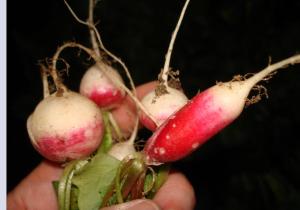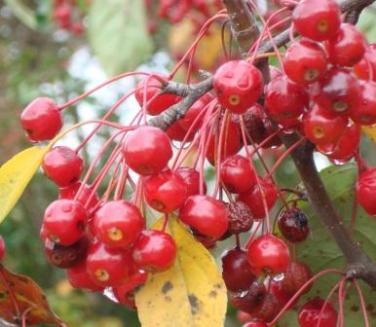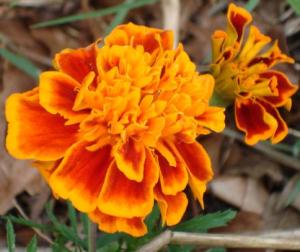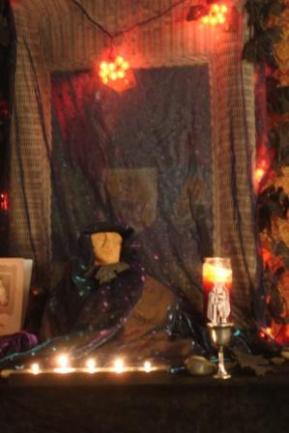I have always loved those woven horns of plenty that are–or at least used to be–a big part of Thanksgiving and harvest decorations. I have several of them in various sizes and have used them in several interesting ways. Years ago, I designed and directed a production of “Beowulf” (yes, that Beowulf) and we needed a bunch of drinking horns. I couldn’t find anything that approximated what I needed (and was affordable), so I covered small cornucopias with felt and the actors used those, pretending to drink their strong drink. And a few years before that, I was a Garden Gnome for a Hallowe’en party and a covered cornucopia made a wicked gnome hat. But I digress…
The symbolism is powerful–both for its shape (horn, crescent) and for the notion that an inanimate object can bestow on us all that we need to sustain our bellies. Do you recall those films of Dickens’ “A Christmas Carol” where the Ghost of Christmas Present appears riding a cornucopia?
Brilliant.
And how about the objects in stories that are magically enhanced to grind out food and drink? “Why the Sea is Salt” is a classic one, but most modern moms will also be familiar with Strega Nona’s pasta pot. Sure, it’s a wonderful skill to be able to spin straw into gold, Rumpelstiltskin–but a little grinder that will feed my family and my whole village–that has a real value in my thrifty peasant mind.
Was that the true delight of a cornucopia–to feed poor people who worked hard in order to have any food at all? In these hard times, folks dream of winning the lottery or the PowerBall or even Publishers Clearinghouse. I wonder how much more useful it would be to simply have all the food you need, without having to prepare the soil, sow the seed, tend the crop, harvest and then preserve it? What if you could go to a horn of plenty and simply take out of it what you want to make for supper? Would we appreciate that gift or would we come to take it for granted in the end–growing lazy and indolent without the deep connection to the source of that which sustains our bodies?
I think I answered my own rhetorical questions, didn’t I?




